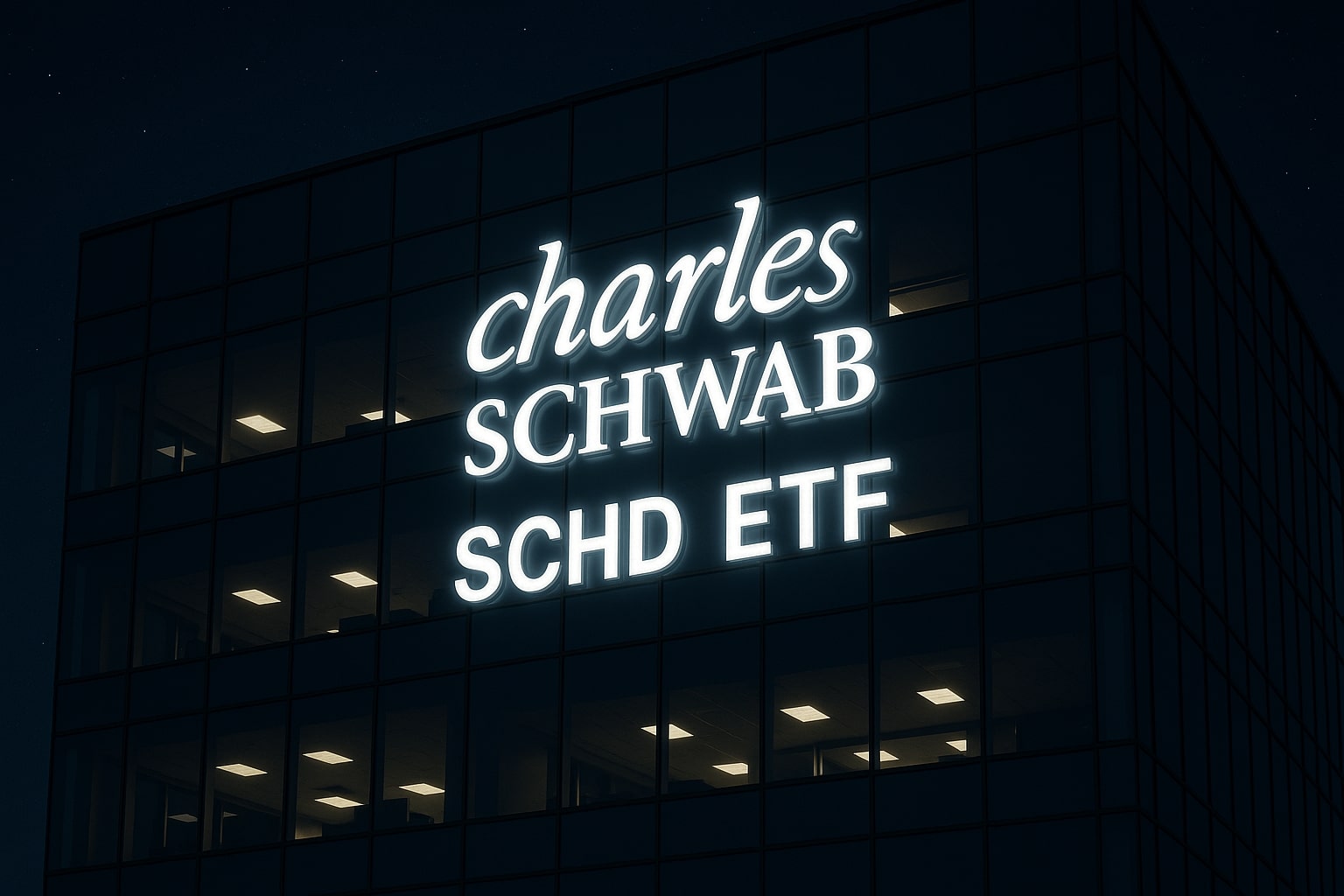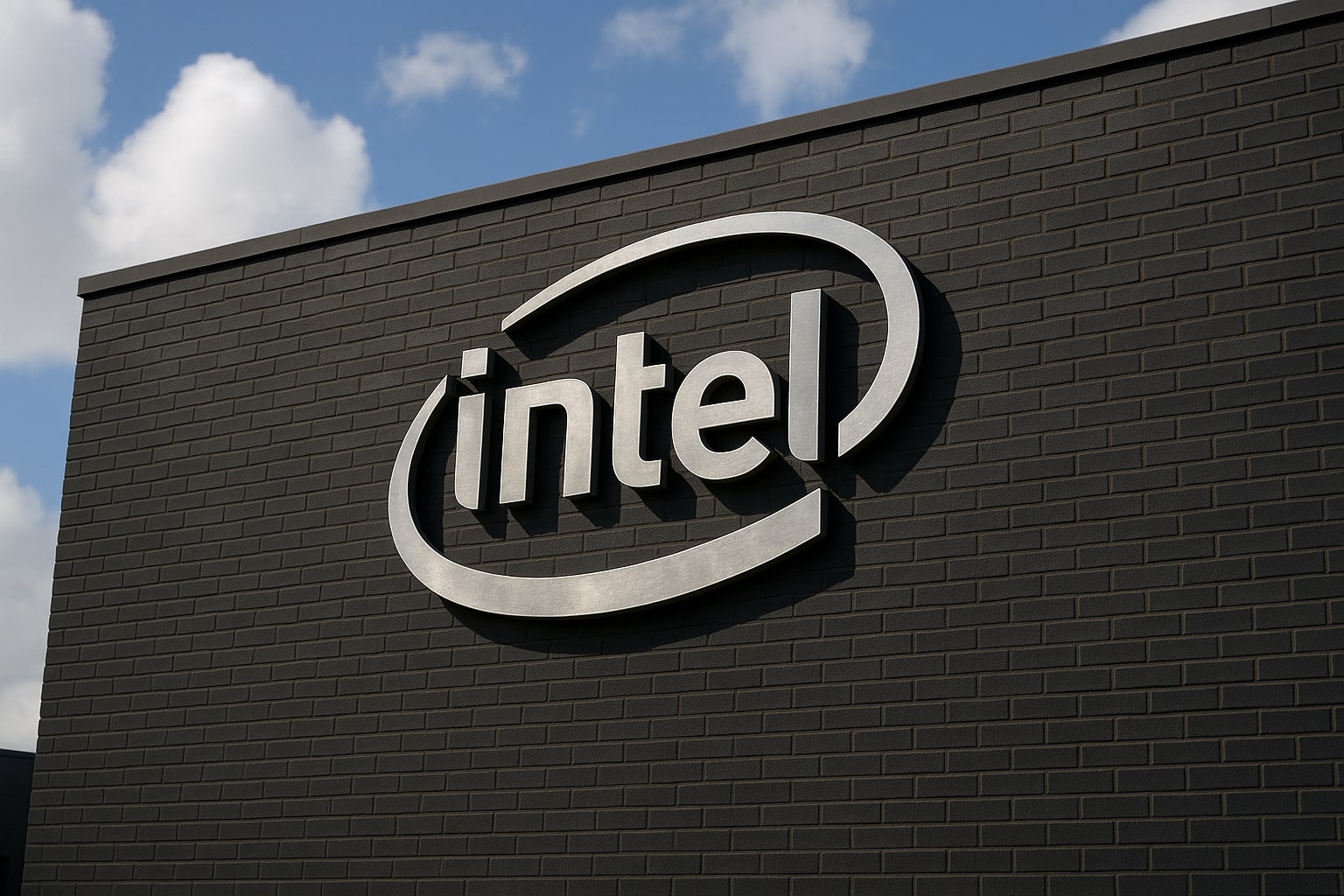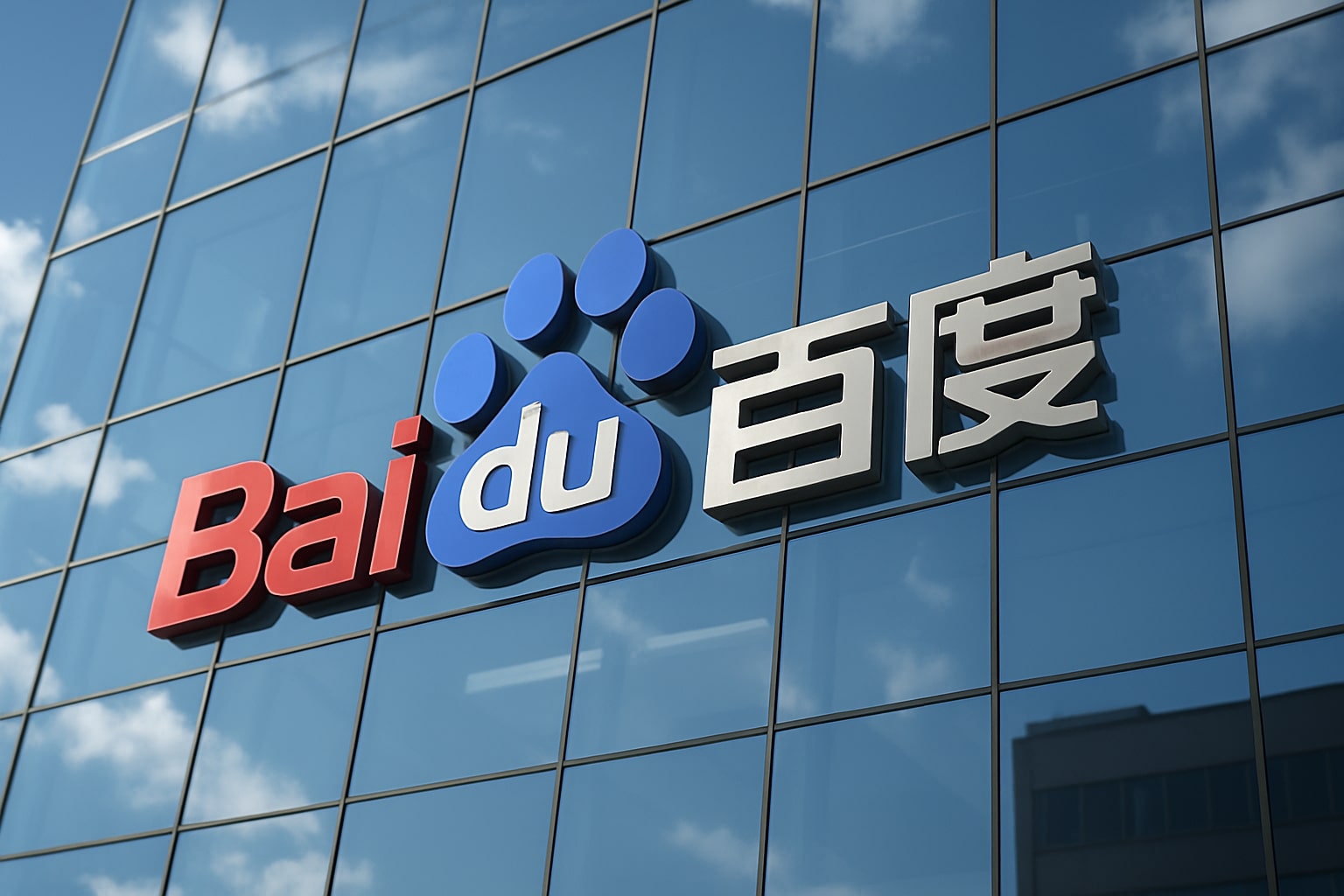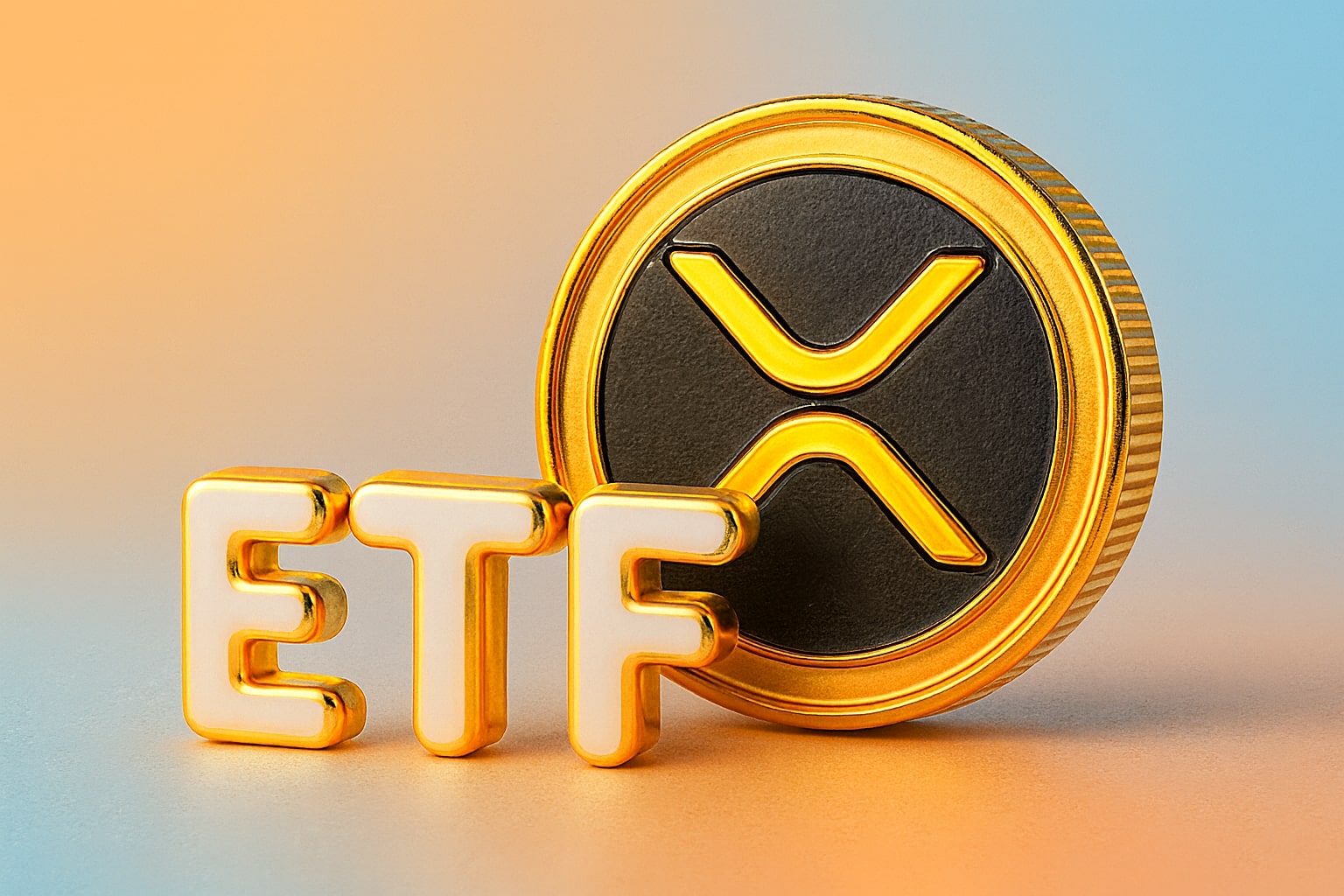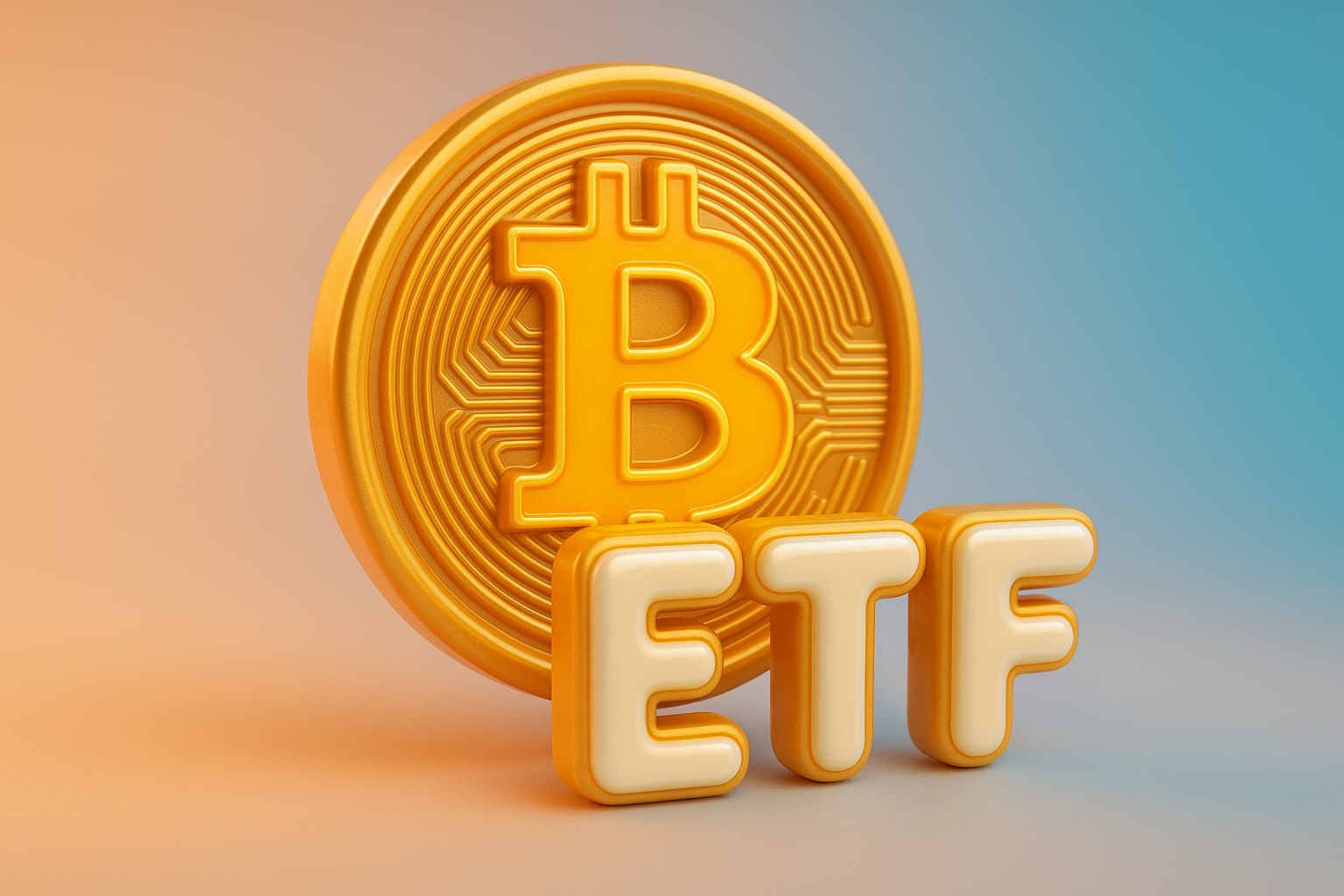
Chevron (NYSE:CVX) Stock Builds $7B Cash Engine in Guyana, Boosts Buybacks as Stock Market Rotates to Energy
CVX ramps Guyana, Bakken, and TCO; delivers $28B to investors; 4.5% dividend and bullish setup fuel stock market momentum | That's TradingNEWS
Chevron (NYSE:CVX) Consolidates Global Oil Power with Guyana and Bakken Expansion
Massive Guyana Production Upside Strengthens Long-Term Cash Flow
With the long-awaited closure of its $53 billion acquisition of Hess Corporation, Chevron (NYSE:CVX) now claims a strategic 30% stake in the Guyana-based Stabroek Block—one of the highest-return oil regions globally. The block, which already produces over 600,000 barrels/day, contributes 180,000 barrels/day directly to Chevron. However, a fourth FPSO is ramping up production to 250,000 barrels/day, with Exxon targeting total output of 2.3 million barrels/day by 2030. This roadmap would elevate Chevron’s attributable production from Guyana to nearly 700,000 barrels/day, with breakeven costs hovering near $30/barrel Brent, locking in up to $7 billion in potential free cash flow at current prices.
Bakken Shale Bolsters Immediate Earnings Power
Beyond Guyana, Hess’s robust Bakken shale operations inject an additional stream of high-margin barrels into CVX’s portfolio. Even with price softness, Hess delivered over $2 billion in annual profit, excluding exploration expenses. When adjusted, annual profit approached $4 billion, materially enhancing Chevron’s short-term cash position. This incremental income is essential as Chevron balances the hefty acquisition premium with asset performance.
TCO, Gulf of Mexico, and Refining Catalysts Drive Output and Margins
Simultaneously, Chevron (https://www.tradingnews.com/Stocks/CVX/real_time_chart) is executing on other megaprojects. The Tengizchevroil (TCO) ramp-up in Kazakhstan, one of the largest global oil developments, is scaling toward 1 million barrels/day. Gulf of Mexico expansion and a 45% capacity increase in the Pasadena refinery support margin capture in domestic markets, particularly in high-spread California operations. Despite sequential asset divestments, net output held firm at 3.3 million barrels/day, and with Hess fully consolidated, that figure surges to 3.8 million barrels/day, trending toward 4+ million barrels/day by decade-end.
Cash Flow Powerhouse with Aggressive Capital Return Strategy
Chevron reported $3.7 billion in free cash flow in Q1 alone, translating to a 6% yield. More impressively, $28 billion was returned to shareholders over the last twelve months, split between dividends and share buybacks. Management remains committed to its ~$15 billion buyback target, delivering a mid-single-digit capital return yield. The dividend, yielding over 4.5%, has proven resilient even amid commodity volatility. Recent open market Hess stock purchases ahead of deal finalization added incremental value by lowering the effective transaction price.
Valuation Holds Even as Buybacks Taper and Debt Edges Higher
While Chevron’s net debt ticked up four percentage points in Q1, largely due to the Hess deal and elevated buyback spend, leverage remains manageable given the company’s robust free cash generation. EPS for Q1 came in at $2.18, surpassing consensus of $2.15, though revenue of $47.6 billion missed slightly. The company has reduced its buyback cadence, reflecting oil price caution, yet the broader capital allocation policy remains intact.
Wall Street consensus expects FY2025 EPS around $8, with upside toward $11.47 in FY2027, assuming a modest oil recovery and Guyana ramp. Using an 18x P/E on forward estimates implies a price target near $157, while a 15x multiple on FY2027 EPS supports valuations over $170.
Technical Setup Eyes $170 Breakout Amid Bullish RSI Zone
From a technical perspective, CVX remains trapped below major resistance between $170 and $175, but RSI momentum has shifted into a constructive 50–70 range. Gaps above current price levels act as short-term magnets, and the falling 200-day moving average could flatten if oil holds in the $65–$70/barrel range. Support is forming near a long-term uptrend originating in late 2023.
Oil Prices and Tariffs Remain Key Wild Cards
The biggest macro threat to Chevron remains oil price volatility. WTI holding the mid-$60s has stabilized sentiment, but downside risk persists, particularly as U.S.–Kazakhstan tariffs rise and OPEC+ mulls further output adjustments. Lower refining margins, especially in California, and potential softness in the energy sector add pressure. However, Chevron’s diversified revenue streams, especially via Guyana and Bakken, provide a critical buffer.
Analyst Revisions Mixed But Long-Term Picture Solidifies
Despite 23 EPS downgrades over the past 90 days, Chevron’s free cash flow per share of $7.60 maintains a 5%+ FCF yield. The valuation remains compelling, especially relative to S&P 500 peers. Technical headwinds are easing, and with Guyana growth, TCO maturation, and robust dividend strength, CVX continues to offer asymmetric upside from current levels.
That's TradingNEWS
Read More
-
SCHD ETF Price at $27: Can SCHD’s 4% Yield and 9.15% Dividend Growth Beat High-Yield Covered Call ETFs?
15.12.2025 · TradingNEWS ArchiveStocks
-
XRP ETFs Close on $1B Inflows as XRPI at $10.92 and XRPR at $15.52 Hit 52-Week Lows
15.12.2025 · TradingNEWS ArchiveCrypto
-
Natural Gas Price Forecast: NG=F Holds the $4 Floor as Oversupply Clashes with 2026 LNG Demand
15.12.2025 · TradingNEWS ArchiveCommodities
-
USD/JPY Price Forecast - Dollar to Yen At 155: Yen Strength Builds As BoJ Hike And NFP Collide
15.12.2025 · TradingNEWS ArchiveForex














